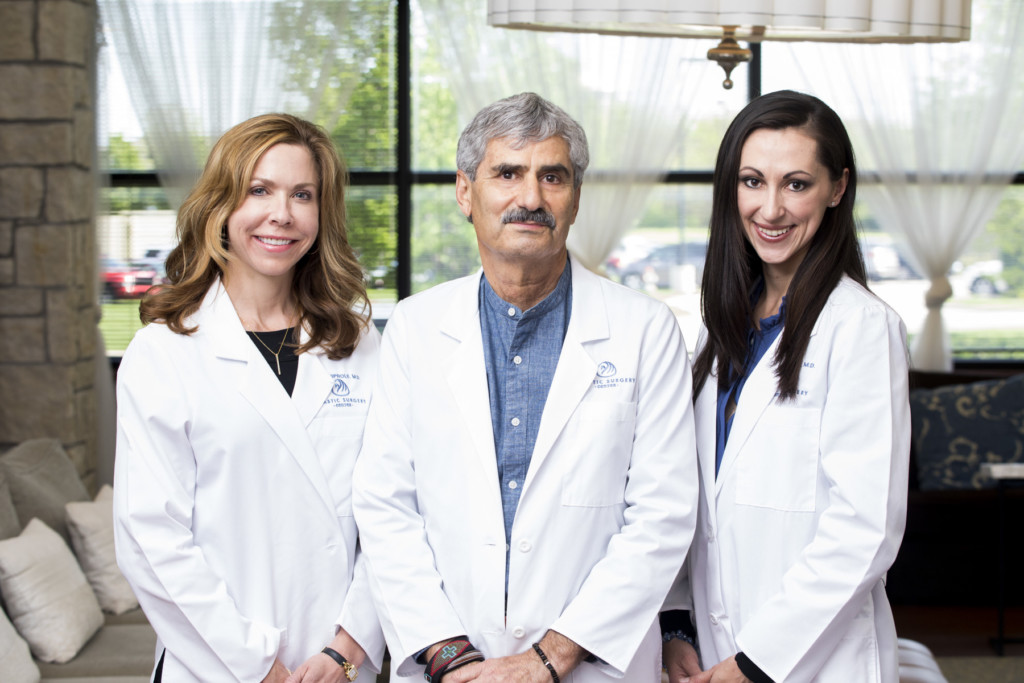
Two conditions can affect the shape of your baby’s skull: plagiocephaly and craniosynostosis, and many times one is confused with the other. Plagiocephaly is a fairly common issue, and it is usually easily treatable. Craniosynostosis on the other hand is rare, and usually requires surgical intervention.
If you’re noticing a difference in your baby’s head, it could be one of these conditions. You may notice that your baby’s head is misshapen or asymmetrical. You may notice it immediately after birth or sometime in the first months of life. For parents, both conditions are worrisome and necessitate a visit to your doctor.
Let’s look at the difference between plagiocephaly and craniosynostosis to help you differentiate the conditions.
Positional Plagiocephaly
A more common condition, plagiocephaly is a flat spot you usually notice on the back of your baby’s head because it causes an abnormal shape.
This occurs when your baby sleeps on one side more often than the other. Since the start of the “Back to Sleep” campaign when pediatricians began recommending babies be put to sleep on their backs, many infants develop flat spots on the back of their heads. Other times, babies develop this condition in the uterus – sometimes from position and often with multiple births.
Tummy time is a great fix for most babies as well as frequently changing their head position and encouraging them not to lay on the flat side of their head. You’ll often notice baby’s head shape gets better once he/she learns to sit up and isn’t spending so much time laying down.
In severe cases, babies may need a helmet to mold and shape their head into a more normal shape. Helmet therapy should start before four-six months of age for the best results.
Your pediatrician should check your baby’s head shape at every visit to monitor any changes.
Craniosynostosis
In a normal baby’s skull, narrow spaces exist between the bones. These spaces are called sutures, and they allow for your baby’s rapidly-growing brain to increase in size without any problems.
For babies with craniosynostosis, one or more of these sutures closes too early. This can result in restricted normal brain growth and cause an abnormal head shape. In addition, pressure in the skull can increase.
Usually abnormal head shape is the only sign of craniosynostosis. Depending on which sutures close, baby’s skull may become triangle-shaped, long or narrow, asymmetric with a flattened forehead on one side, or very flat and broad.
In most cases, surgery is required with craniosynostosis to open the closed suture and reshape the baby’s skull to allow for normal, unrestricted brain growth. Dr. Nataliya Biskup, our craniofacial fellowship-trained plastic surgeon, and Dr. John Dickerson, a neurosurgeon, usually do this surgery when babies are between nine and 12 months.
Because craniosynostosis can be confused with plagiocephaly, your pediatrician can help determine if abnormal skull shape is due to craniosynostosis or plagiocephaly, or you can visit with our office.
The Wichita Cleft and Craniofacial Team at the Plastic Surgery Center is here to help. If you or your pediatrician has concerns about your child’s head shape, call us for more information or to schedule an appointment at the Plastic Surgery Center by calling 316-688-7500 or visiting pscwichita.com to request your appointment.
You Deserve Expert Guidance and Exceptional Results.
Plastic surgery involves many choices. The most important is selecting a surgeon you can trust. Expect exceptional results when you have your procedures performed by plastic surgeons who are certified by the American Board of Plastic Surgery and who are members of the American Society of Plastic Surgeons like Bruce Ferris, MD, and Amy Sprole, MD, or surgeons who are board-eligible, like Nataliya Biskup, MD. The specially trained doctors have at least six years of surgical training and experience, with a minimum of three years of plastic surgery.
By Bruce Ferris, MD, Amy Sprole, MD, and Nataliya Biskup, MD






 The Plastic Surgery Center in Wichita, Kansas, is a product of a plastic surgery practice started in 1968. Celebrating 50 years in 2018, this makes it the longest-standing private plastic surgery practice in the state of Kansas. Drs. Bruce Ferris, Amy Sprole and Nataliya Biskup are board certified by the American Board of Plastic Surgery and bring years of experience and excellence to the field of plastic surgery. Each of the surgeons is highly trained and specializes in cosmetic and reconstructive surgery including the face, breast and body. With more than 60 years of combined training and experience, all three are uniquely qualified and exceedingly credentialed to perform your cosmetic or reconstructive procedure. In addition, the skin care department at the Plastic Surgery Center offers two highly skilled and experienced registered nurses and two medical aestheticians to take care all your skin care needs.
The Plastic Surgery Center in Wichita, Kansas, is a product of a plastic surgery practice started in 1968. Celebrating 50 years in 2018, this makes it the longest-standing private plastic surgery practice in the state of Kansas. Drs. Bruce Ferris, Amy Sprole and Nataliya Biskup are board certified by the American Board of Plastic Surgery and bring years of experience and excellence to the field of plastic surgery. Each of the surgeons is highly trained and specializes in cosmetic and reconstructive surgery including the face, breast and body. With more than 60 years of combined training and experience, all three are uniquely qualified and exceedingly credentialed to perform your cosmetic or reconstructive procedure. In addition, the skin care department at the Plastic Surgery Center offers two highly skilled and experienced registered nurses and two medical aestheticians to take care all your skin care needs.









